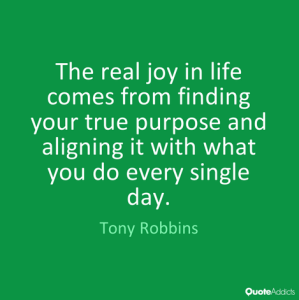In May 2013 Imaginatik fielded an on-line survey to 204 business decision-makers across a wide range of industries and from these results produced a report “The State of Global Innovation, 2013” just released.

I have found this report to be really an excellent understanding of critical issues that still need to be addressed for innovation to deepen its position within organizations.
I’d written my own predictions for 2014 before I had only just read this report just recently released. This was in my last post “Heading for 2014, will innovation change?” I see an even sharper agenda emerging for me.
To Imaginatik, I really can only offer the highest compliments for a well-structured report, thoughtful in its views and tentative forward-looking conclusions. It helps me greatly.
**For me this is the outstanding innovation report of the year 2013**
The report covers a variety of questions around Strategy and Execution
Continue reading “The Coming Age of Innovation in 2014 and Beyond”


 Don’t let anyone tell you it is easy to run your own business, it is far from that. I thought I’d write about what and where it has meaning for me in this “finding our true purpose”.
Don’t let anyone tell you it is easy to run your own business, it is far from that. I thought I’d write about what and where it has meaning for me in this “finding our true purpose”.
